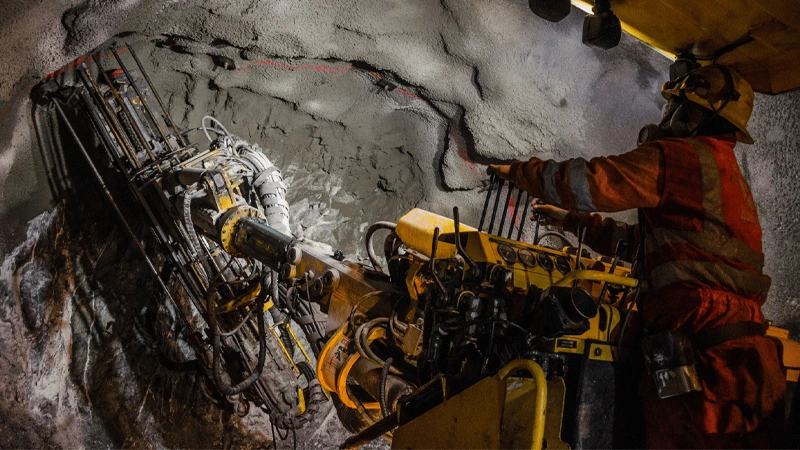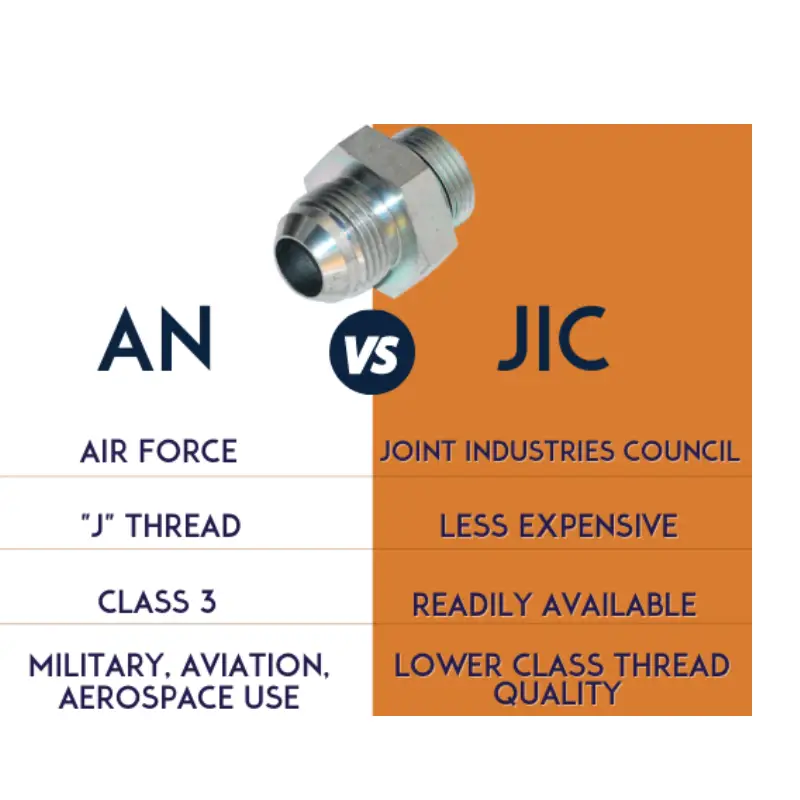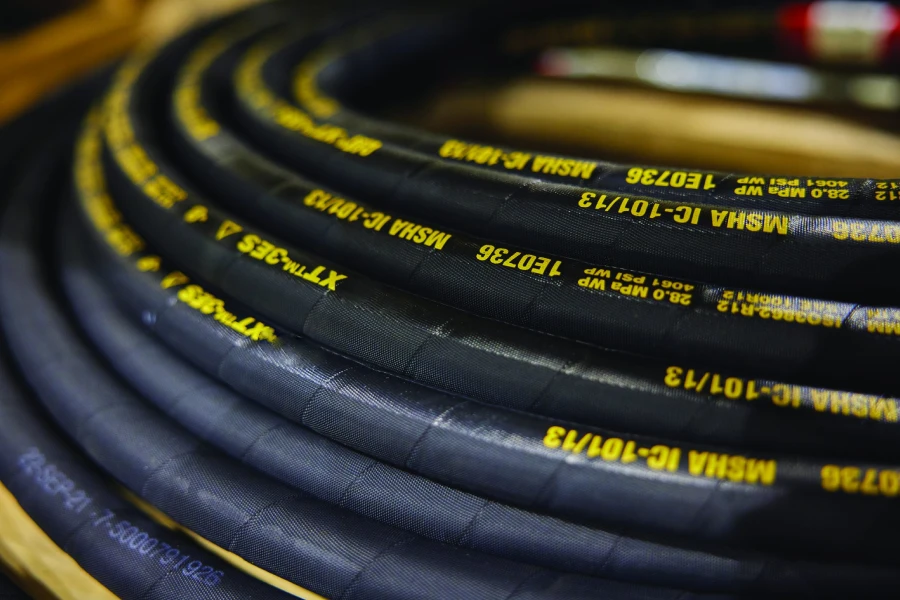The clutch hose plays a crucial role in the functionality of a vehicle’s clutch system, serving as a vital component that enables smooth and efficient clutch operation. In this comprehensive exploration, we will delve into the intricacies of the clutch hose, its purpose, composition, maintenance, and significance in ensuring optimal performance of the clutch system.
What Is a Clutch Hose
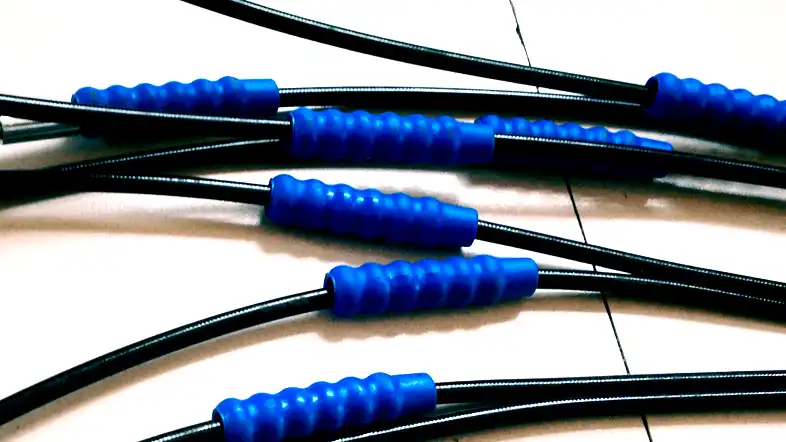
The clutch hose is a flexible conduit that connects the clutch master cylinder to the clutch slave cylinder, facilitating the transfer of hydraulic fluid between these components.
R7 R8 hydraulic hose is divided into fiber braiding and steel wire braiding, and the clutch hose is the steel wire braiding.
This essential link allows pressure to be applied to the clutch mechanism, assisting in disengaging and engaging the clutch during gear changes. The clutch hose plays a pivotal role in transmitting hydraulic force, enabling seamless clutch operation when the driver depresses or releases the clutch pedal.
Composition and Construction
- Rubber Hose: Traditionally, clutch hoses were constructed using rubber material due to its flexibility and resilience. Rubber hoses are reinforced with internal layers to withstand high hydraulic pressures and external factors such as heat and abrasion.
- Braided Stainless Steel: Modern clutch hoses often feature a braided stainless steel exterior for added durability and protection. This metal braid enhances the hose’s resistance to wear and tear, making it a robust and long-lasting component in the clutch system.
What is a Clutch Used For
A clutch in a vehicle serves the critical function of connecting and disconnecting the engine’s power to the transmission, enabling seamless gear changes in manual transmission vehicles.
When the clutch is engaged, power from the engine is transferred to the transmission, allowing the vehicle to move.
Conversely, when the clutch is disengaged, the transmission is separated from the engine’s power, facilitating gear changes without causing damage to the transmission components.
Essentially, the clutch plays a pivotal role in controlling the flow of power between the engine and the transmission, enabling the driver to shift gears smoothly and drive the vehicle effectively.
What is the Function of Clutch Pipe
The clutch pipe, also known as the clutch hose or hydraulic clutch line, serves as a conduit for hydraulic fluid, transmitting pressure between the clutch master cylinder and the clutch slave cylinder.
Its primary function is to enable the hydraulic operation of the clutch system, facilitating the smooth and controlled disengagement and engagement of the clutch during gear changes. By transferring hydraulic force, the clutch pipe plays a vital role in ensuring precise and efficient clutch operation in manual transmission vehicles.
- Hydraulic Transmission: The clutch pipe facilitates the hydraulic transmission of pressure between the clutch master cylinder and the clutch slave cylinder, enabling seamless clutch operation.
- Controlled Clutch Engagement: By serving as a conduit for hydraulic fluid, the clutch pipe allows for precise control over the engagement and disengagement of the clutch, ensuring smooth gear changes.
- Preventing Air Leaks: Proper functioning of the clutch pipe prevents air from entering the hydraulic system, maintaining consistent pressure for effective clutch operation.
- Detecting Issues: Regular inspection of the clutch pipe helps in identifying potential leaks, damage, or wear, allowing for timely maintenance and repair to prevent malfunctions.
- Enhanced Clutch Performance: Upgrading to high-performance clutch pipes can improve durability, heat resistance, and clutch response, enhancing overall clutch system performance.
By breaking down the functions of the clutch pipe into a listicle format, we can appreciate its importance in maintaining the efficiency and reliability of the clutch system in manual transmission vehicles.
Importance of the Clutch Hose
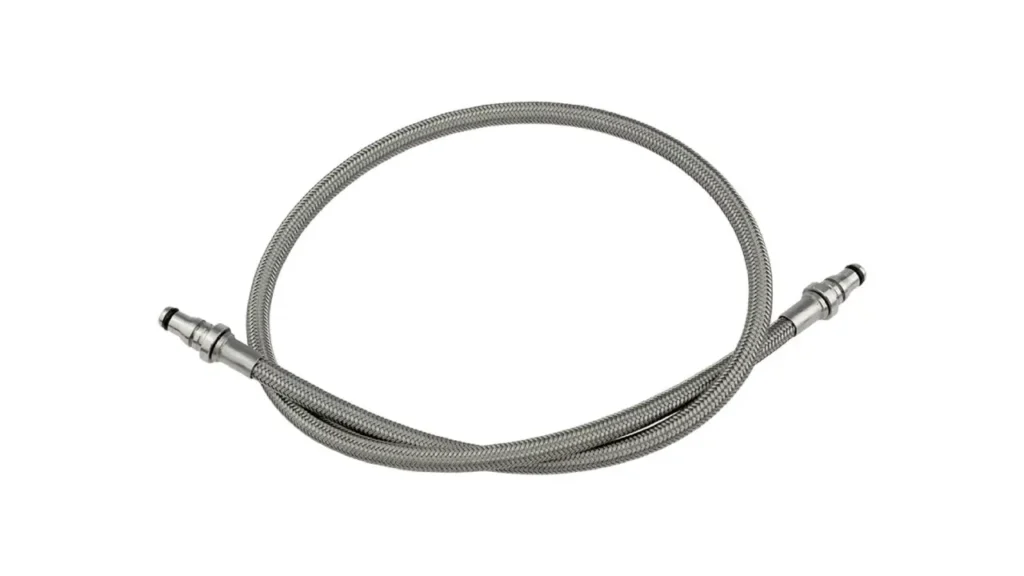
The clutch hose is an often-overlooked yet critically important component in a vehicle’s manual transmission system. It serves as the vital conduit that transmits hydraulic pressure from the clutch master cylinder to the clutch slave cylinder. This hydraulic connection is what allows a driver to disengage the clutch, enabling smooth gear changes and preventing engine stall. A properly functioning clutch hose ensures precise pedal feel and reliable clutch operation, directly impacting driving comfort and safety.
Here are the key aspects highlighting the importance of the clutch hose:
- Hydraulic Pressure Transmission: The clutch hose is specifically designed to withstand and efficiently transfer the high hydraulic pressure generated by the master cylinder. This pressure is essential for engaging and disengaging the clutch mechanism, allowing for smooth and responsive gear shifts.
- Enables Gear Changes: Without a functioning clutch hose to transmit hydraulic force, the clutch system cannot disengage the engine from the transmission. This would make it impossible to change gears or bring the vehicle to a stop without stalling the engine, rendering the vehicle undrivable.
- Maintains Pedal Feel and Response: A robust and uncompromised clutch hose ensures that the hydraulic pressure is transferred consistently and without loss. This translates to a firm and predictable clutch pedal feel, allowing the driver to modulate clutch engagement precisely and enhancing overall driving control.
- Critical Safety Component: A failing clutch hose, due to leaks or internal degradation, can lead to a sudden loss of hydraulic pressure. This can result in an inability to disengage the clutch, posing a significant safety hazard by preventing the driver from shifting gears or stopping the vehicle safely in traffic.
- Long-Term System Reliability: While small, the clutch hose protects the entire clutch system. Its integrity prevents hydraulic fluid leaks and maintains consistent pressure, which in turn safeguards the master and slave cylinders from damage due to insufficient fluid or erratic pressure, contributing to the overall longevity of the transmission system.
Signs of Clutch Hose Issues
- Fluid Leaks: One of the most common signs of a faulty clutch hose is hydraulic fluid leaks. Puddles of fluid under the vehicle or on the clutch pedal may indicate a leak in the hose that needs immediate attention.
- Soft or Spongy Pedal: A soft or spongy feeling in the clutch pedal could be a result of air entering the hydraulic system due to a leak or damage in the clutch hose. This can affect clutch engagement and gear shifting.
Maintenance and Care
- Regular Inspections: Periodic inspections of the clutch hose for signs of wear, abrasion, or leaks are essential to ensure its proper functioning. Any visible damage should be addressed promptly to prevent further issues.
- Fluid Checks: Monitoring the hydraulic fluid levels in the clutch system is crucial to ensure that the system remains properly lubricated and pressurized. Low fluid levels may indicate a leak in the clutch hose.
Upgrading to Performance Clutch Hoses
For automotive enthusiasts and performance-oriented drivers, upgrading to high-performance clutch hoses can offer enhanced durability, heat resistance, and performance. Performance clutch hoses typically feature advanced materials and construction for improved reliability and clutch response, ideal for racing or high-performance driving applications.
Conclusion
In conclusion, the clutch hose is a fundamental component of the clutch system, playing a pivotal role in enabling precise clutch engagement and gear shifting in vehicles. Its flexible design, hydraulic transmission capabilities, and resistance to external factors make it a vital link in the chain of components that comprise the clutch system.
By understanding the function, construction, maintenance, and significance of the clutch hose, drivers and automotive enthusiasts can appreciate its critical role in ensuring optimal clutch performance and smooth driving experiences. Embrace the power of the clutch hose as the backbone of clutch operation in the automotive world, driving efficiency and precision on the road.


